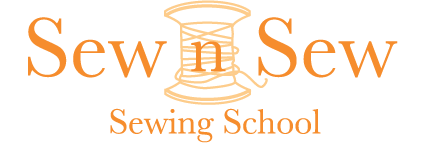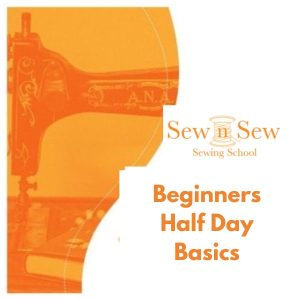What is a Nap explained
What is a nap ? When you gently glide your hand down the length of the fabric, there’s a distinct sensation that emerges – a subtle interplay between textures. Running your fingers in one direction, the fabric feels remarkably smooth, almost like the surface of a serene lake on a windless day. But, if you dare to change the direction of your touch, a different story unfolds. Suddenly, the fabric’s demeanor shifts, and beneath your fingertips, there’s a coarser, more rugged terrain to navigate. It’s as though the fabric itself holds secrets, whispering its tale through the tactile language of touch.
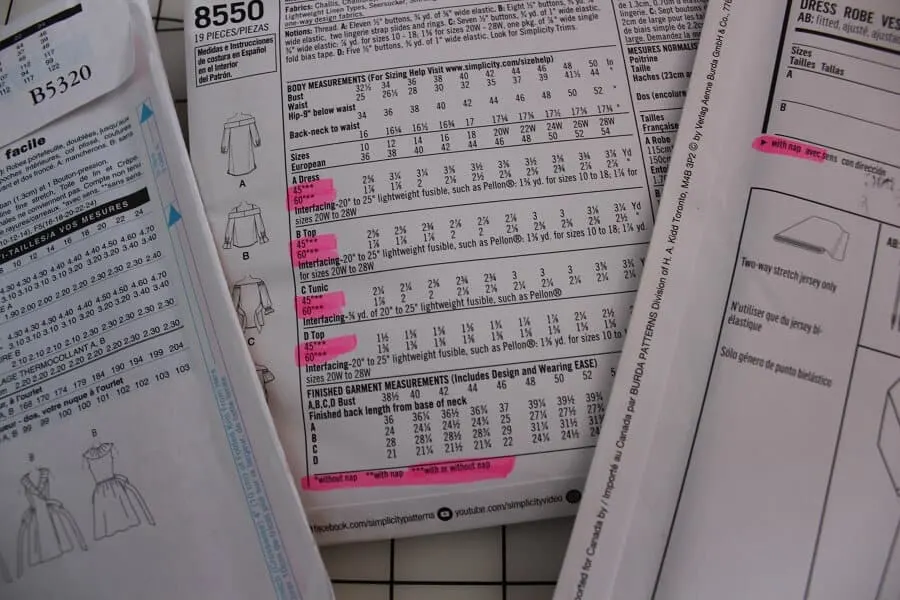
Fabrics with nap?
In some fabrics like Velour, Velvet, Fleece, Corduroy Faux fur Nap is very obvious. Brushed denim, flannel, synthetic suede, stretch twill, terry cloth are other fabrics with obvious nap
Why is it important?
Absolutely, attention to detail is paramount when laying out a pattern. Each piece of fabric tells its own story, and part of that narrative is the direction in which its colors and patterns flow. Just as a river meanders through the landscape, so too does the design on fabric, following its own course from one end to the other.
When you lay out the pattern, it’s crucial to maintain consistency in the direction of the fabric’s design, from the top of the garment to the bottom. Why? Because even the slightest deviation can result in a noticeable difference in color or pattern alignment. What may seem like a minor discrepancy at first glance can become glaringly apparent once the garment is assembled.
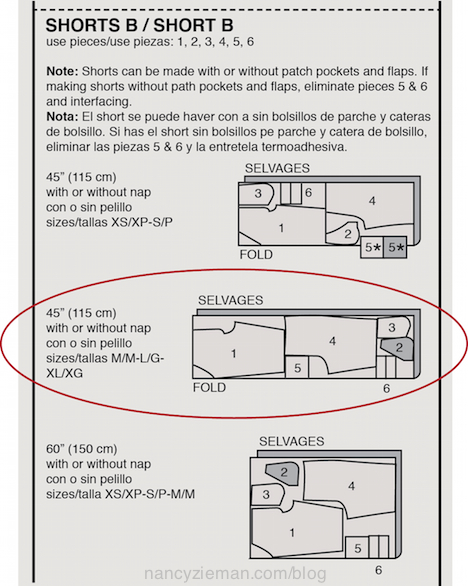
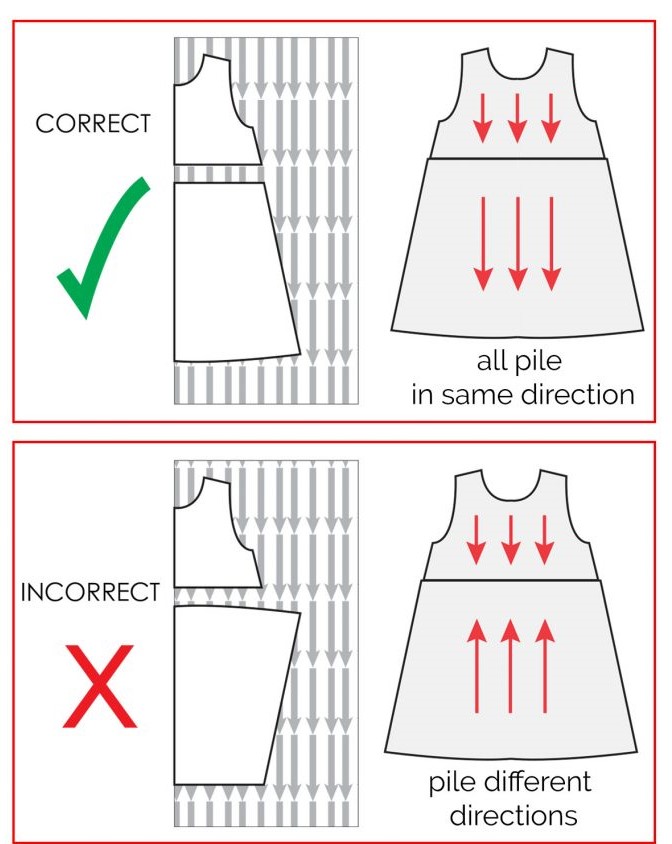
Before purchasing your fabric always check if it has a Nap.
